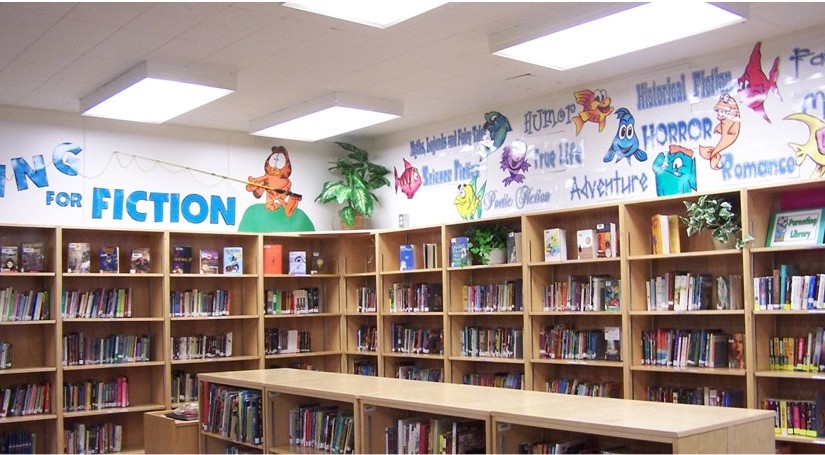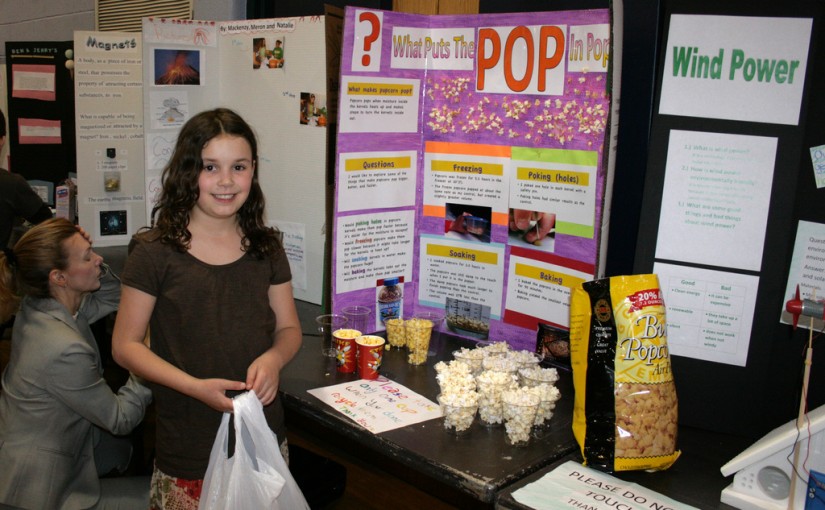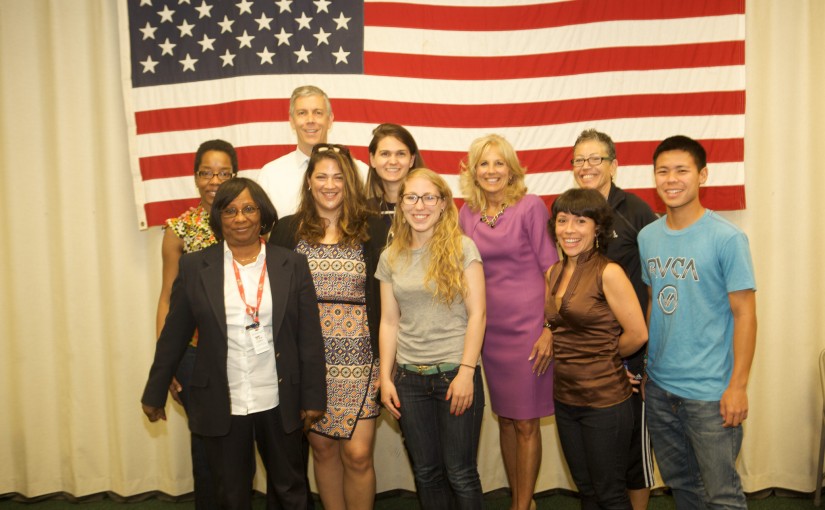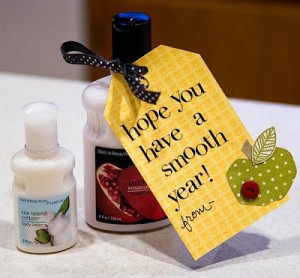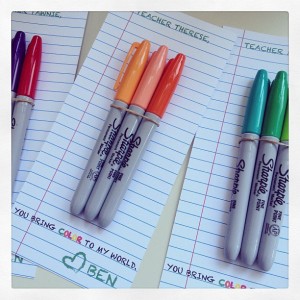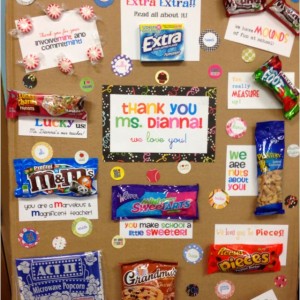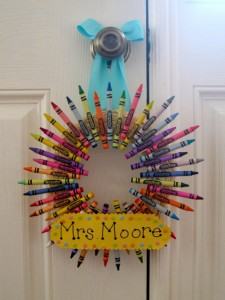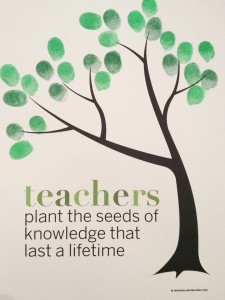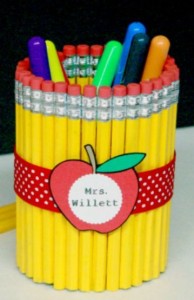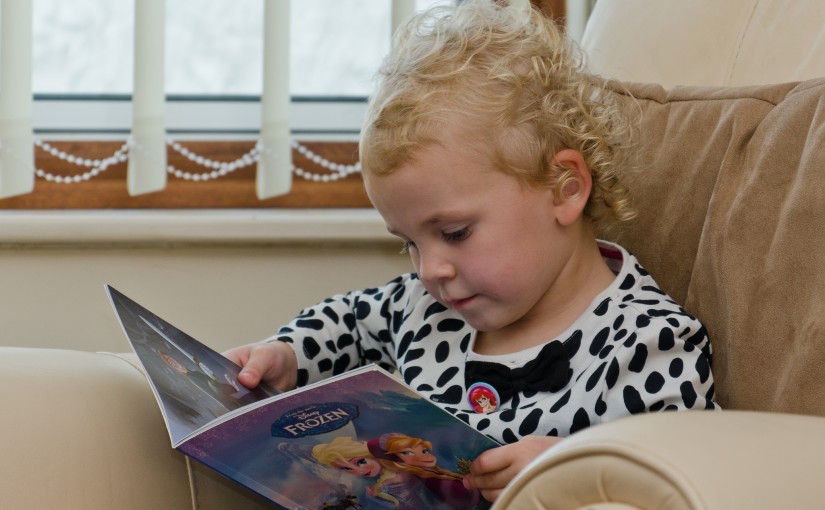Earth Day may not seem like much of a holiday. After all, banks and stores do not close and mail is delivered. There are not even big celebrations for it most of the time. However, Earth Day is very important despite its general lack of notice from most people. It is on this day that we celebrate our planet, raise environmental awareness and take a moment to look toward the future. But how can we celebrate Earth Day? If you are trying to figure out plans for your next Earth Day celebration, keep reading. Below are twenty great ideas to get you started.
Perhaps the most classic way to celebrate Earth Day is to plant a tree. Trees release oxygen into the air as well as removing carbon dioxide which is harmful to humans. They also can provide some much-needed shade. Just be careful to only plant trees on land you have permission to plant on.
An herb garden is an excellent addition to your home. Not only do herbs smell nice, they are wonderful to use in cooking. When you grow your own fresh herbs, you know exactly what is going into your body. The use of fresh herbs can help the environment as well. Commercially bought herbs often include pesticides and antibiotics which are harmful to the environment. Your use of fresh herbs prevents a bit of those chemicals from entering the environment.
Fossil fuels are a huge problem. The burning of these natural resources leads to air pollution as well as deforestation and soil erosion due to mining. With this in mind, a good way to celebrate Earth Day is to find friends to car pool with. This way, though there are still fossil fuels being burned, the impact is much less than if everyone was driving their own individual cars. If car pooling is not an option for you, perhaps you could take a bike to some of your destinations or use public transit.
- Repair Your Leaky Faucets
Another problem facing our planet is water waste. Fixing leaky faucets is an inexpensive way to do something to help the environment as well as saving money on your utility bills. As a bonus, you will no longer have to hear that annoying drip drip drip.
Earth Day is a wonderful time to learn about the environment. Do research to discover what the problems facing your particular area are. If you live near a body of water, for example, you could look online to find out if it is healthy or in need of cleaning.
There are plenty of groups out there dedicated to environmental concerns. Find one for a concern you are interested in, and join it. There is nothing more amazing than the strength of a group of people working together toward a common goal.
Donating to the WWF or the ASPCA or even your local shelter can be an amazing way to celebrate Earth Day. This sort of donation is vital to the continued work of these causes that protect our planet’s animals and assure that species do not go extinct.
This Earth Day, make a conscious effort to save energy. Unplug appliances when not in use. Turn off the television when you are not watching it. If you have power strips or surge protectors, make sure to turn these off when the devices connected to them are not in use. This, like the waste of water above, has a twofold bonus. You will be caring for the environment while saving money on your electric bill.
Earth Day is in the spring, the highlight of beautiful weather. This Earth Day, take a moment to go outside if it is at all possible. Take a moment to relax, smell the spring flowers and appreciate our planet for its beauty.
Recycling is important for our environment. It cuts down on the amount of garbage which would normally be thrown into landfills. Recycling insures that metal, plastic and other wastes can be used again. Work with your family to develop a recycling plan. Even children can help out, making it a game as opposed to work.
Many of us drink bottled water, but it is very bad for the environment. The number of empty water bottles in landfills today could stretch from the Earth’s surface to the moon twice! Giving up or cutting back on the amount of bottled water we drink reduces the number of bottles rotting in landfills. Further, some companies take water for their bottled water from drought-stricken regions such as California, which drastically worsens the problem.
- Get Your Friends Involved
Put up a white board in your office or school. Invite your friends and co-workers to make a small change that would help the environment and to post those changes. Working in groups will increase accountability and give each of you someone to cheer you on.
Locally-grown foods are easier on the environment as they do not require massive amounts of fossil fuels to transport and are not grown in hot houses with chemicals. Further, if you buy local and organic, you are supporting the farmers. This support is vital to their continued livelihood. Both the farmers and the planet will thank you.
Due to the production of paper, millions of trees are cut every year, trees that we need to breathe. Paying your bills online can help reduce the amount of paper wasted every year. Another way to go paperless is to carry reusable shopping bags, or ask for environmentally friendly alternatives at your local supermarket.
Watching birds feed can be a fun and relaxing way to celebrate Earth Day. Do research to see what types of birds live near you and what types of foods they like. Then install bird feeders in nearby trees. They do not have to be fancy. Even a pine cone spread with peanut butter and coated with seeds will work. For hummingbirds, install hummingbird feeders filled with nectar.
A play garden is a space for children to grow food and get their hands dirty. Teaching the next generation about the value of plants is very important, and they will enjoy eating the things they have grown.
Avoid the car altogether. If the weather is nice, take a walk to school or work. This way you help conserve fossil fuels while also getting fresh air and increasing your energy level.
- Check Your Carbon Footprint
There is a site that allows you to check your carbon footprint, the amount of carbon dioxide emitted by a person or group’s consumption of fossil fuels. Using this site, you can calculate the amount of fossil fuels you use and discover ways to use less of them.
- Test Your Car’s Emissions
Testing your car’s emissions can be a great way to help the environment. A car that does not meet the national emission standards puts out a lot of carbon dioxide and other harmful chemicals into the air. Furthermore, having a car which does not meet emission standards is also illegal in some states. Checking your emissions can actually save you a lot of money in fines.
If you happen to live in a large city, plan a day trip to the country. It may sound old-fashioned, but a trip out into the country where air pollution tends to be less prevalent can actually show you more of the beauty of nature. You can even pack a picnic lunch to eat once you are there. Sit back, relax and feel all the beautiful gifts this world has blessed us with.
This planet is the only one we have, so we need to try to conserve resources as much as we possibly can. Earth Day reminds us to slow down and take a moment to do something nice for the environment and to enjoy the beauty around us. And that makes it a very important holiday indeed.
